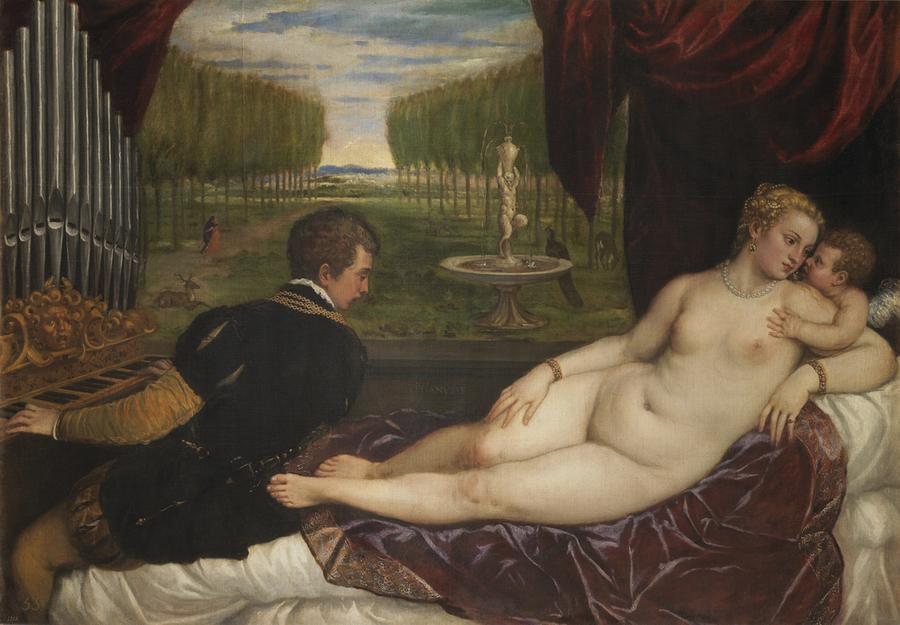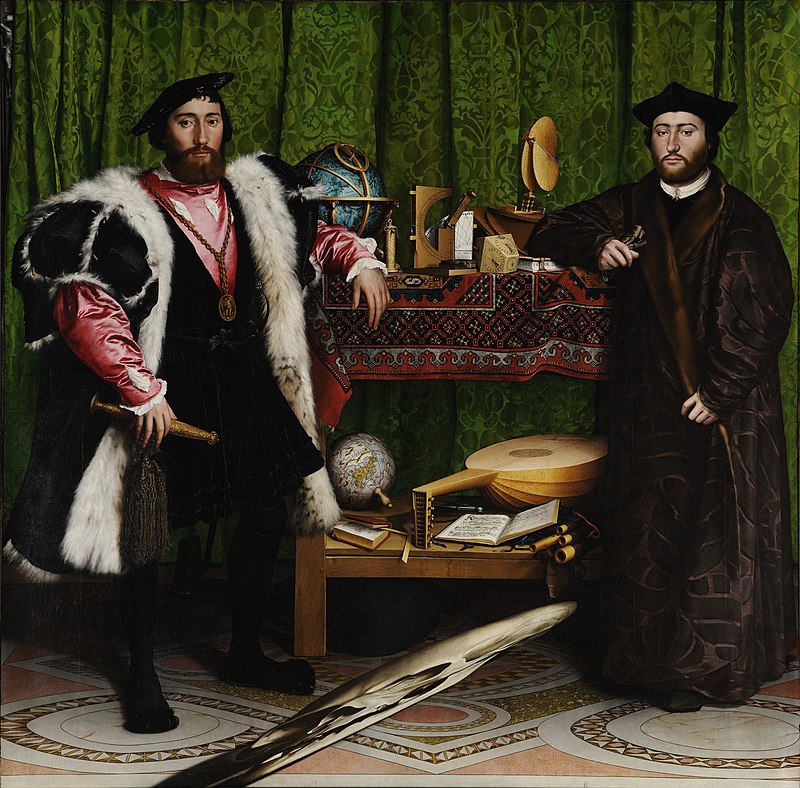Ways of Seeing with John Berger (Episode 1)

The first episode of “Ways of Seeing with John Berger” involves a discussion about how modern technology has changed the way we view art. Before, the only way you could view a piece of art was in person. The experience was very intimate and organic; it was just you and the piece of art. Now, with technology such as cameras to capture the art and share it, the experience is completely different. Factors such as music and what you see before or after can affect how you view the piece. This episode really made me reflect on how I viewed art. I’ve gone to museums before to look at art, but I feel like even that experience has now been tainted by technology.
Ways of Seeing with John Berger (Episode 2)

Episode 2 of “Ways of Seeing with John Berger” was about the relationship between medieval oil paintings and nudity. The episode talks about the difference between being naked and being nude and how women were pretty much the only ones who were depicted as nude in the paintings. Women have always been viewed with the male gaze in art, and this is no different. Something I found interesting was that even when there were men in the painting with the nude women, the women were still angled to be on full display to the viewer of the painting.
Ways of Seeing with John Berger (Episode 3)

The third episode of “Ways of Seeing with John Berger” talked about how paintings have symbolized wealth in the past through all of the items surrounding the people in the paintings. Sometimes it would be scientific instruments, sometimes it would be expensive textiles, sometimes it would be gold coins. The clothing that the people in the paintings wore were also very indicative of their status. I thought it was interesting how much significance a painting could hold.
Ways of Seeing with John Berger (Episode 4)

The last episode of “Ways of Seeing with John Berger” connected everything that he mentioned previously to modern times. He talked about publicity images and how they always seemed to be selling consumers an idealized version of their life no matter what product they were advertising. Similar to medieval oil paintings, the people were always portrayed as having everything they always wanted. Even though this series came out in the 70s, I feel as though it’s still very applicable to today. Our advertisements and publicity images are still the same; nothing has changed.